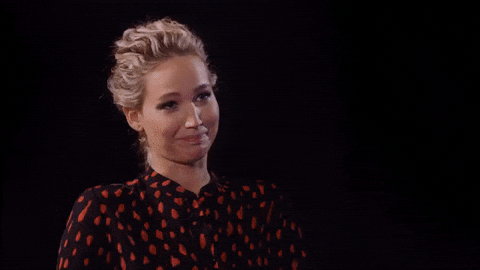ChrisR
I'm a well known grump...
- Messages
- 11,026
- Name
- Chris
- Edit My Images
- Yes
So, I understand the prevailing wisdom that JPEGs lack "flexibility", and one should prefer TIFFs (or RAWs in the digeri world, but that's a whole different ball-game). For years I have ignored this conventional wisdom, and scanned almost always to JPEGs. Most labs only provide JPEGs when they scan for you. But recently I've been using Filmdev, who will provide TIFFs at no extra cost if you ask. Admittedly they are 8-bit TIFFs, thus losing the 16-bit per channel advantage (if such there is) that TIFFs can offer. Anyway, I've been asking Filmdev for TIFFs as well as JPEGs for a while now, with the idea that for suitable images I would use the TIFFs for the purported extra flexibility. A couple of times I think I did use the TIFFs, although I can't find the actual examples in my Aperture library!
Now, I do understand that if you load a JPEG into, say, Elements, make some changes, save (export?) it as a JPEG, and repeat, there will be a progressive deterioration of the image due to the successive lossy compression steps. But I suspect that most of us use a different workflow. I load my images into Aperture (most these days will likely use Lightroom), where they stay. Edits are non-destructive; nothing happens to the original image until I export a finished image for posting or printing... except that's not quite true, occasionally an image will get some extra tweaking in Elements (or Affinity Photo, these days). But in both these cases the image in Aperture has its edits applied, then is converted to a TIFF and transferred to the external editor, and a TIFF or possibly a PSD file comes back. No extra compression steps there.
I should say, I can see NO difference at all in the histograms of freshly imported JPEGs and TIFFs of the same image. I've just done some edits of an image (crop, auto-levels, definition), and then applied those same edits via Apertures Lift/Stamp capability to the TIFF, and there is the tiniest of differences in the histogram, so slight at first I thought it wasn't there.
A disadvantage of asking for TIFFs as well is that they are 3 times the size of the JPEGs, so my scanned file downloads take 4 times as long, and I lose lots of disk space...
So, what I want to understand is, what sort of situation (presumably, edit scenario) would make importing and using the 17 MB Filmdev TIFFs preferable to importing and using the 5 MB JPEGs?
(I realise this is a rather general question and should perhaps be in a more general forum rather than Talk Film & Conventional, but it is based on a particular film-based scenario, and I trust you folks. Plus, non-film folk may spot the topic and weigh in with insights anyway. But if the mods want it elsewhere, that's OK!)
[ETA: thread revived because the availability of 16-bit TIFFs from Filmdev made me want to revisit this issue...]
Now, I do understand that if you load a JPEG into, say, Elements, make some changes, save (export?) it as a JPEG, and repeat, there will be a progressive deterioration of the image due to the successive lossy compression steps. But I suspect that most of us use a different workflow. I load my images into Aperture (most these days will likely use Lightroom), where they stay. Edits are non-destructive; nothing happens to the original image until I export a finished image for posting or printing... except that's not quite true, occasionally an image will get some extra tweaking in Elements (or Affinity Photo, these days). But in both these cases the image in Aperture has its edits applied, then is converted to a TIFF and transferred to the external editor, and a TIFF or possibly a PSD file comes back. No extra compression steps there.
I should say, I can see NO difference at all in the histograms of freshly imported JPEGs and TIFFs of the same image. I've just done some edits of an image (crop, auto-levels, definition), and then applied those same edits via Apertures Lift/Stamp capability to the TIFF, and there is the tiniest of differences in the histogram, so slight at first I thought it wasn't there.
A disadvantage of asking for TIFFs as well is that they are 3 times the size of the JPEGs, so my scanned file downloads take 4 times as long, and I lose lots of disk space...
So, what I want to understand is, what sort of situation (presumably, edit scenario) would make importing and using the 17 MB Filmdev TIFFs preferable to importing and using the 5 MB JPEGs?
(I realise this is a rather general question and should perhaps be in a more general forum rather than Talk Film & Conventional, but it is based on a particular film-based scenario, and I trust you folks. Plus, non-film folk may spot the topic and weigh in with insights anyway. But if the mods want it elsewhere, that's OK!)
[ETA: thread revived because the availability of 16-bit TIFFs from Filmdev made me want to revisit this issue...]
Last edited:




 R2-03409-0013T
R2-03409-0013T J10
J10



